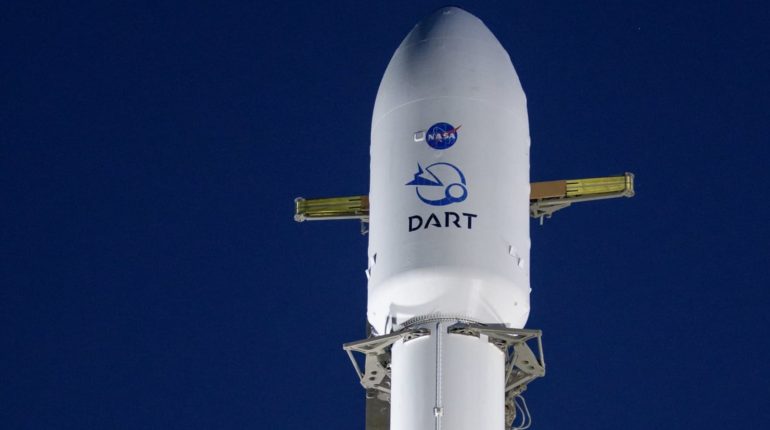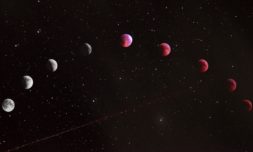Named DART, the spacecraft has no other purpose but to slam into and redirect an asteroid 6.8 million miles out in space. It’s the first planetary defence mission of its kind.
Considering that we exist on a floating rock in the endless, chaotic abyss of the universe, NASA’s plan to practice deterring an asteroid from hitting our planet is warranted.
Though DART’s target isn’t a threat to Earth at present, there are at least one million known asteroids in our solar system – and predicting when a dangerous one might enter our sphere can be tricky.
That’s why, in the early hours of this morning, DART blasted off from Vandenberg Space Force Base in California and began its mission to attempt throwing an asteroid named Dimorphos off its orbit.
The mission, which cost the space industry £240 million, is the first of its kind. It only aims to knock Dimorphos’ course off by a fraction, but if successful, it will make NASA all the wiser in protecting humanity from potentially experiencing a similar fate to dinosaurs.






















